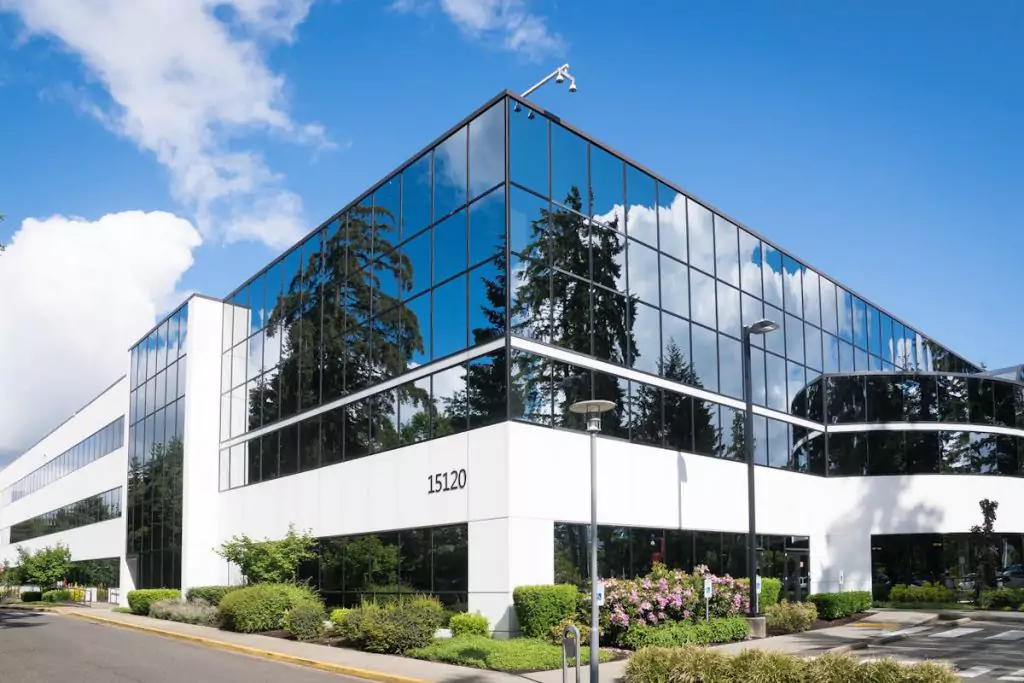In the rapidly evolving world of work, the design of office spaces has become a critical factor in driving employee performance and satisfaction. Modern office design goes beyond mere aesthetics, focusing on creating environments that support productivity, foster collaboration, and enhance overall well-being.
As businesses adapt to new working styles and technological advancements in Melbourne, the traditional office layout is being reimagined to meet the needs of today’s workforce. From sustainability to employee wellness, modern office design incorporates a range of elements that contribute to a more efficient and engaging work environment. Businesses are hiring experts for designing office space in Melbourne and boost their productivity and brand’s visibility to the new heights.
Here are five key elements that define contemporary office design:
Sustainable Materials and Practices
Sustainability is a crucial aspect of modern office design. Offices are increasingly incorporating eco-friendly materials and sustainable practices. This includes using recycled or low-impact materials for furniture and fixtures, implementing energy-efficient lighting and heating systems, and promoting waste reduction through recycling programs. Sustainable design benefits the environment and creates a
healthier workspace, contributing to a company's corporate social responsibility goals.
Human-Centric Design
Human-centric design focuses on creating spaces that cater to employees' needs and preferences. This involves considering accessibility, inclusivity, and comfort. Features such as adjustable workstations, accessible facilities, and inclusive design elements ensure all employees can work effectively and comfortably. Human-centric design promotes a positive work environment and helps attract and retain talent. You can opt for design features that can blend functionality and comfort together and create beautiful office environment in Melbourne
Innovative Use of Space
Modern office design often includes innovative use of space to maximise functionality and efficiency. This can involve multi-purpose areas that serve various functions, such as transformable conference rooms or break areas that double as informal meeting spaces. Creative use of vertical space, such as installing shelving or storage solutions on walls, helps optimise the floor area and organise the workspace. Make sure you hire reliable designers that specialise in creative solutions.
Personalisation and Branding
Personalisation and branding play a significant role in modern office design. This can be achieved through branded colour schemes, custom artwork, and logo displays. Personalisation also extends to individual workspaces, where employees can customise their desks and surroundings to suit their personal preferences, fostering a more comfortable and engaging work environment.
Health and Wellness Facilities
Modern offices are increasingly focusing on health and wellness facilities to support employee well-being. This includes integrating features such as on-site fitness centres, meditation rooms, and healthy food options in the cafeteria. Wellness initiatives, like ergonomic assessments and mental health resources, are also becoming common. Providing these amenities helps employees manage stress, stay active, and maintain a healthy work-life balance, which can lead to improved overall productivity and job satisfaction.
Smart Office Solutions
The integration of smart office solutions is another defining element of modern office design. Smart technology enhances the efficiency of office operations through automation and data-driven insights. Features such as intelligent lighting systems that adjust based on occupancy, smart thermostats for optimal climate control, and advanced security systems contribute to a more seamless and efficient work environment.
Additionally, smart meeting room technologies and digital collaboration tools facilitate better communication and coordination among team members, supporting a more productive and connected workforce.
Conclusion
The key elements of modern office design—sustainable materials and practices, human-centric design, innovative use of space, personalisations and branding, and health and wellness facilities—are integral in creating a workspace that enhances productivity and employee satisfaction.
